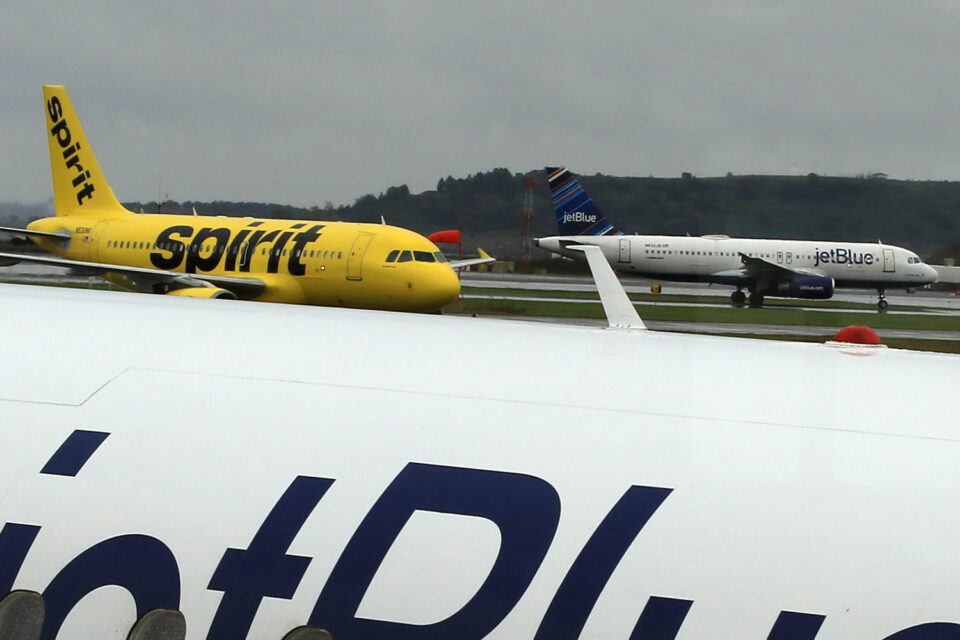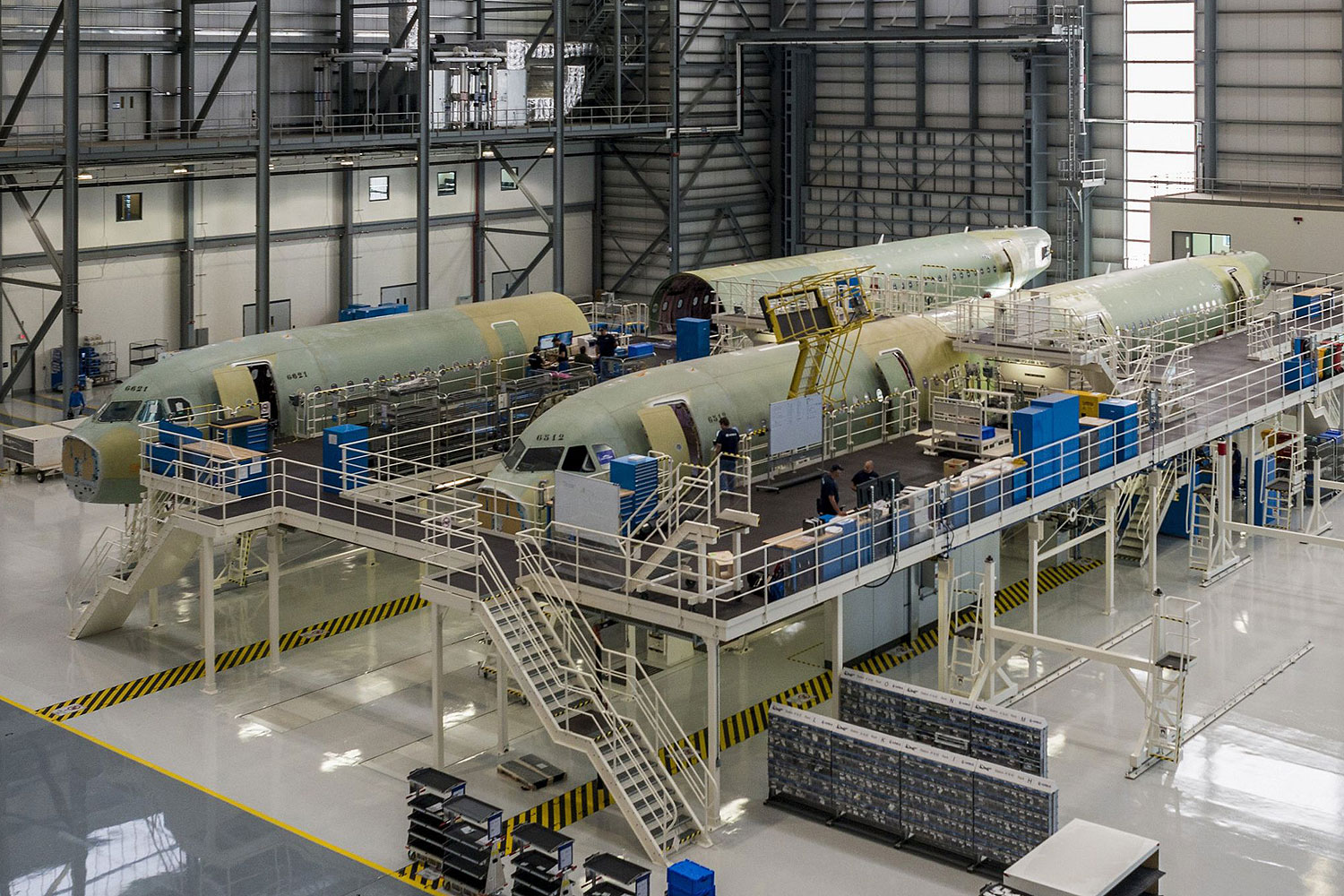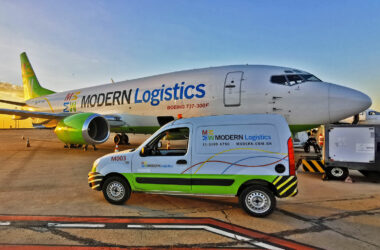A long-predicted scenario became reality on Monday when Spirit Airlines revealed that it had filed for Chapter 11, the U.S. bankruptcy law.
The ultra-low-cost airline had been suffering from years of losses, affected by the pandemic and also problems with Pratt & Whitney engines that left much of its fleet of planes on the ground.
Spirit’s management, however, expects the restructuring process to be short-term due to pre-agreements reached with its bondholders.
Follow Air Data News: WhatsApp | Google News | Instagram | LinkedIn | Twitter | Facebook
According to the company, there will be an injection of US$350 million in investments in addition to a deleveraging transaction to match US$795 million in debt. Spirit will also receive US$300 million in Debtor-in-Possession (DIP) Financing.

As a result, the carrier expects to go through a simplified Chapter 11 process and complete the financial restructuring by March 2025.
Trading of Spirit’s shares, which had already fallen 90% since the beginning of the year, was removed from the New York Stock Exchange. The company intends to leave the market soon.
“I am pleased we have reached an agreement with a supermajority of both our loyalty and convertible bondholders on a comprehensive recapitalization of the Company, which is a strong vote of confidence in Spirit and our long-term plan,” said Ted Christie, Spirit’s CEO.
GTF turbofans
Headquartered in Florida, Spirit Airlines emerged in 1992 after being renamed from a small airline.
The yellow-painted planes and the offer of more affordable fares made the carrier grow. The fleet of planes, initially made up of DC-9 and MD-80 jets, began to migrate to Airbus aircraft in 2005.

Spirit currently has 213 planes, all from the Airbus A320 family, of which it had plans to receive large quantities.
However, the company opted for the Pratt & Whitney GTF turbofan, which has been undergoing a large and lengthy recall process.
With its low-cost proposal, keeping an aircraft grounded is extremely serious and Spirit ended up delaying the delivery of dozens of Airbus jets.
Failed mergers
In the meantime, the Covid-19 pandemic weakened its finances, especially after the labor crisis that followed, with a high demand for crew and ground staff.
With no other option, Spirit and its peers raised wages and benefits, but they were unable to pass the cost on to airfares, and their losses only grew.

A possible way out emerged in 2022 when rival Frontier Airlines floated a merger proposal, which had already been reached in advance.
JetBlue stepped in and matched Frontier’s offer, but fears that the merger would lead to higher prices and reduced service prompted the Justice Department to block the deal, throwing Spirit into a financial abyss.






